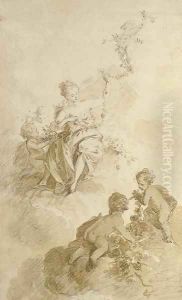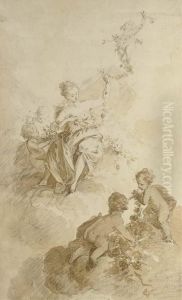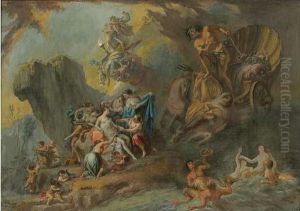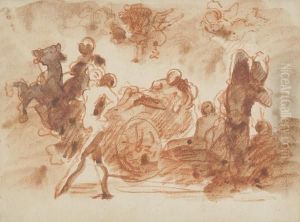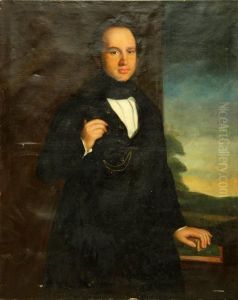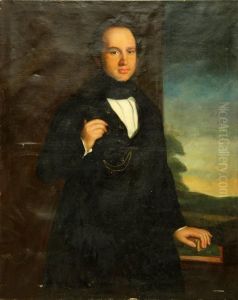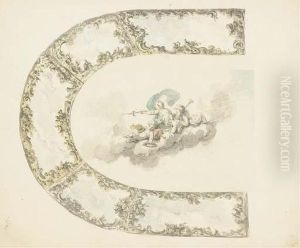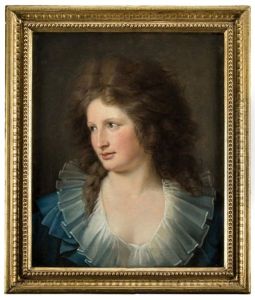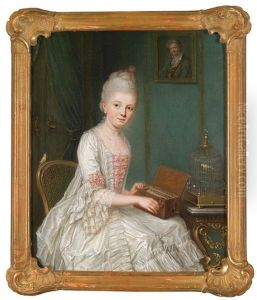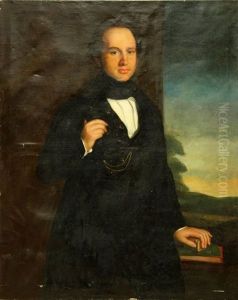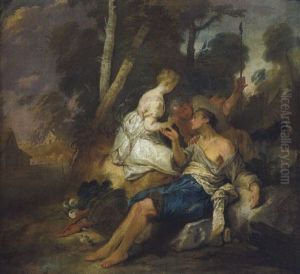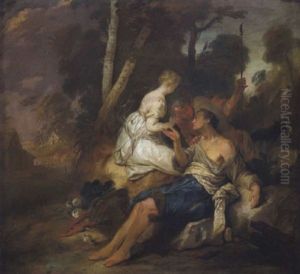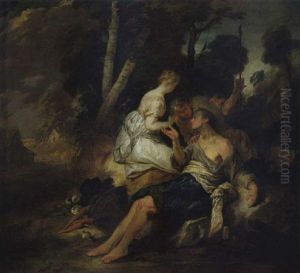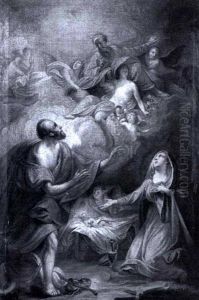Nicolas Guibal Paintings
Nicolas Guibal was a prominent French painter and sculptor of the 18th century, known for his contributions to the Rococo and early Neoclassical movements. Born in Lunéville, France, in 1725, Guibal's artistic journey began under the guidance of his father, who was also an artist. This early exposure to the arts paved the way for his formal education in Paris, where he studied under notable masters of the time. His talent and dedication soon earned him recognition, and by the mid-18th century, Guibal had established himself as a significant figure in the French art scene.
In 1751, seeking broader horizons and new opportunities, Guibal left France for Germany, where he became a court painter for Charles Eugene, Duke of Württemberg. This position allowed him to significantly influence the artistic landscape of Stuttgart and the surrounding region. During his time in Germany, Guibal executed some of his most famous works, including large-scale frescoes and altarpieces that reflected both the ornate elegance of the Rococo and the emerging clarity and simplicity of Neoclassicism. His ability to blend these styles made his work particularly appealing to the tastes of the aristocracy of the time.
Besides his paintings, Guibal was also known for his work in sculpture and architecture, showcasing his versatility as an artist. He played a crucial role in the design and decoration of several key buildings and spaces in Stuttgart, including the Solitude Palace, where his works contributed to the overall aesthetic and cultural significance of the site. Guibal's influence extended beyond his immediate surroundings, as he became involved in the artistic education of the region, helping to nurture a new generation of artists.
Nicolas Guibal's career was marked by his dedication to the arts and his ability to adapt to changing tastes and styles. His contributions to the art world were not limited to his own creations but included his role in fostering an environment where art and creativity could flourish. Guibal passed away in Stuttgart, Germany, in 1784, leaving behind a legacy that would continue to inspire and influence the art world for generations to come. His work remains a testament to the rich cultural exchange between France and Germany in the 18th century and to the enduring appeal of combining artistic styles and disciplines.
